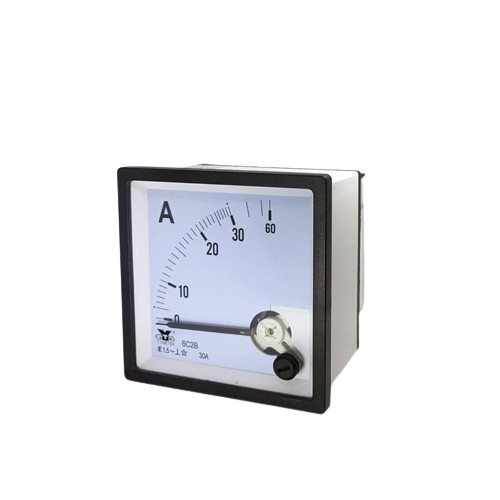Here are some key details about lab milliameters:
Measurement Range: Lab milliameters are designed to measure relatively low currents, typically ranging from 0 to a few hundred milliamperes. They are used for measuring currents in circuits where higher current meters like ammeters would not be suitable.
Display: The display of a lab milliameter can be analog (needle-based) or digital, depending on the model. Analog meters have a scale with markings for milliamperes, while digital meters provide a numerical readout.
Accuracy: Milliameters are designed to provide accurate readings within their specified range, usually with a precision of a few milliamperes.
Usage: Lab milliameters are commonly used in electronics laboratories, educational settings, and in electronic equipment testing and maintenance. They are used to measure currents in circuits, check the functioning of components like resistors, capacitors, and diodes, and troubleshoot electrical problems.
Connection: Milliameters are connected in series with the circuit under test, meaning the current passes through the meter to be measured.
Safety: When using lab milliameters, it’s important to ensure that the current being measured is within the meter’s rated range to prevent damage to the meter or inaccurate readings.
-25%
Lab milliameter/Milliampere in Kenya.
Original price was: KSh1,200.KSh900Current price is: KSh900.
A lab milliameter, also known as a milliampere meter or milliamp meter, is an instrument used to measure electric current in milliamperes (mA).




There are no reviews yet.